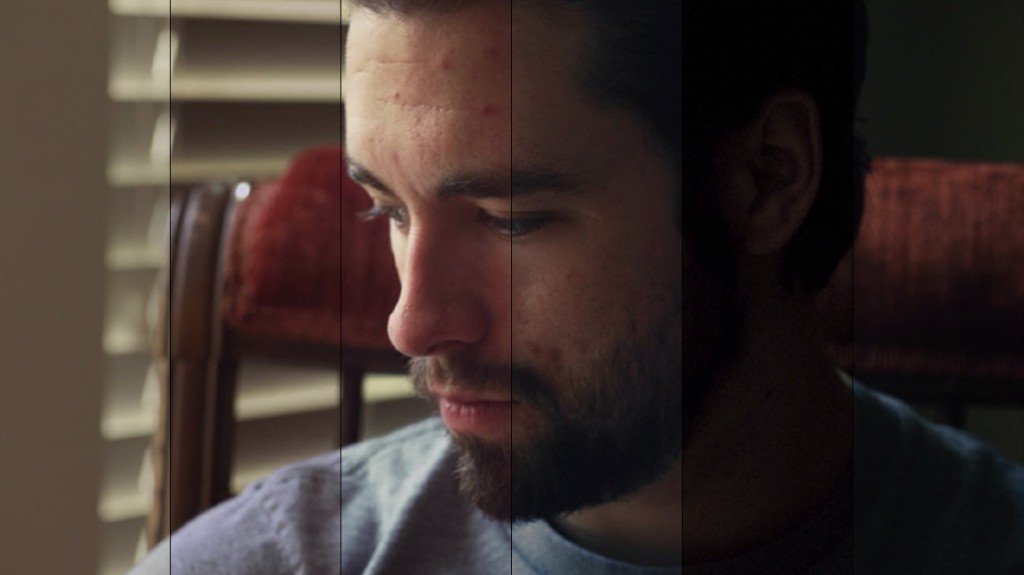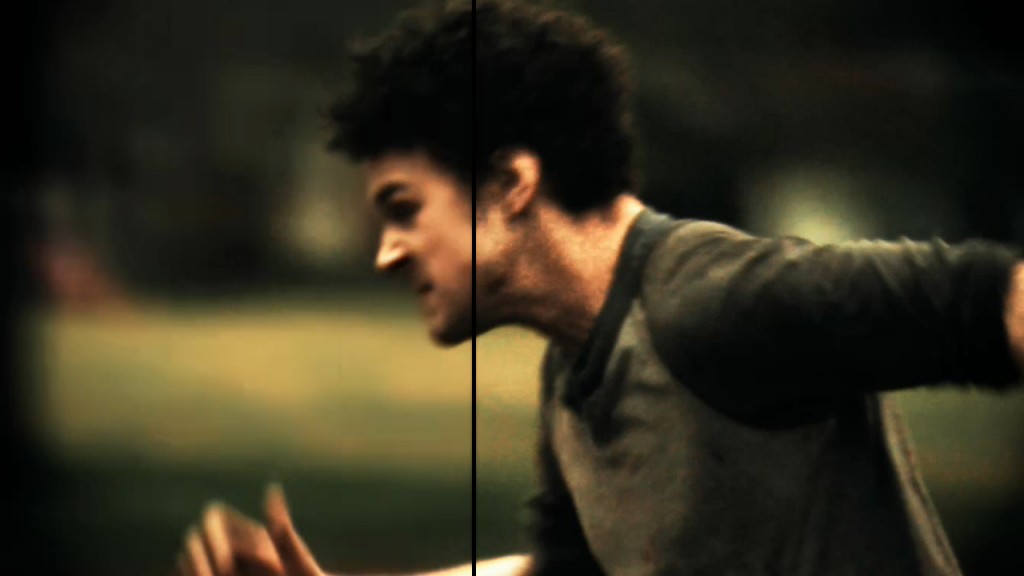Today we’re going to take a quick look at a handful of useful tools to enhance your post-production workflow and help take your videos to the next level.
Open Captions
The ability to easily create open captions, commonly referred to as ‘burned-in’, which are always visible is surprisingly absent from most editing software. While out-of-the-box tools exist for creating titles, using these tools is a long and laborious process for authoring captions. Thankfully plugins for After Effects, Premiere Pro, Motion, and Final Cut have been created to do just that. These plugins import SRT caption files, a common format supported by YouTube and many other web video platforms.
Provides full control over the font & layout and is widely compatible; After Effects CS5-CC, Premiere Pro CS6-CC, Motion 4-5, & Final Cut Pro 7-X.
While cheaper, pt_ImportSubtitles isn’t quite as widely compatible as SUGARfx. This plugins supports After Effects CS3-CS6.
Racking Focus and Camera Mapping in 2D
Creating motion in still images brings the image alive when being used in video, but you can only go so far with the Ken Burns zoom and pan technique. Rowbyte has created a pack of After Effects plugins that allow for creation of depth in 2D images and video. The two you’ll get the most use out of with still images are the Camera Mapper and Rack Focus.
Buena Depth Cue $99
Color Grading Presets
If you’re not yet fully into color grading, but would like to do more with your videos in After Effects, Film Riot has a pack of 15 presets available. These presets are click to apply simple and cover a large range of styles including a daylight white balance correction.
Film Riot’s Color Preset Pack & Tutorial $15
Advanced Color Grading Presets
Before making the jump all the way to full-bore color grading with SpeedGrade, Resolve, Colorista or REDCINE-X, Red Giant has a nice middle ground with over 100 look presets and light-weight grading controls.
Magic Bullet Looks $199 Academic / $399 Full
Noise Remover
If you have to deal with grainy footage whether it’s low-light footage shot at very high ISO or old analog recordings, Red Giant’s Magic Bulllet Denoiser II does an amazing job with the available presets and provides fine control for customizing the output.
Denoiser II $99
Aspect Ratio Masks
Triune also has a pack of aspect ratio masks for giving normal 16:9 widescreen video a film look. The pack includes:
- 1.85:1 (35mm)
- 2.35:1 (CinemaScope)
- 2.40:1 (Panavision)
- 2.55:1 (CinemaScope 55)
- 2.75:1 (Ultra Panavision 70)
- 3.00:1 (MGM Camera 65)






